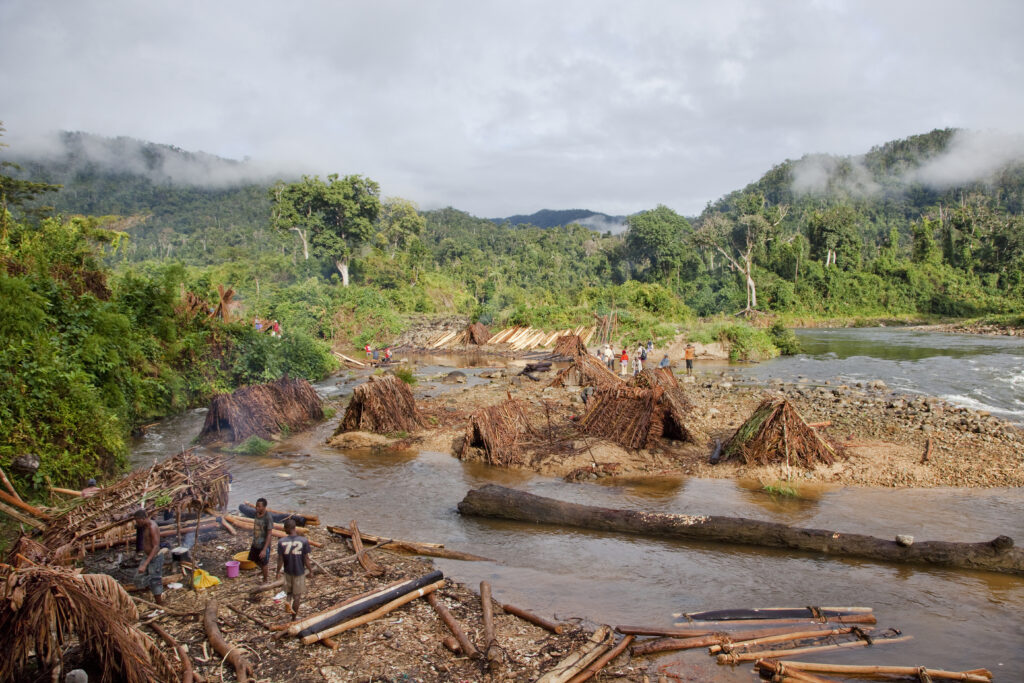Timber

As one of the most widely-used materials in global construction, imported timber into the United States is the fifth largest product by value that is at risk of forced labor, according to the Global Slavery Index. The evidence that such abuses exist in the logging industry is widespread, and it is estimated that 50 percent of illegally-harvested timber is produced through forced labor.
Human trafficking, along with forced labor in logging, is rampant in hotspots such as Brazil, Peru, Russia — the major exporters of sawnwood, as well as North Korea, Madagascar, and even in Czech Republic and Myanmar. In Russia, in particular, an estimated 80 percent of all timber is logged illegally using North Korean migrant workers forced to live in prison-like logging camps, according to the Environmental Investigation Agency. Much of the timber produced in these types of conditions is exported to China where it is combined with legally-sourced timber and exported to other countries such as the U.S. In 2008, Congress amended the Lacey Act, originally passed in 1900, to prevent blended products like this from reaching American soil.
Despite ample certifications that companies can utilize when sourcing timber products from the U.S. or abroad, it’s important that they are independently verified, according to Grace Farms Foundation’s Justice Initiative team. While these certifications are helpful to incorporate in sourcing and procurement operations, they are not a cure-all or bulletproof. That’s why creating ethical and sustainable supply chains is best completed through the use of independent, third-party verified firms or companies that can assist in accomplishing a company’s supply chain goals through necessary due diligence and auditing.
Resources:
Forced Labor in Forestry – Know the Chain
At Risk Timber – Design for Freedom
Forest Products Annual Market Review – United Nations Economic Commission for Europe